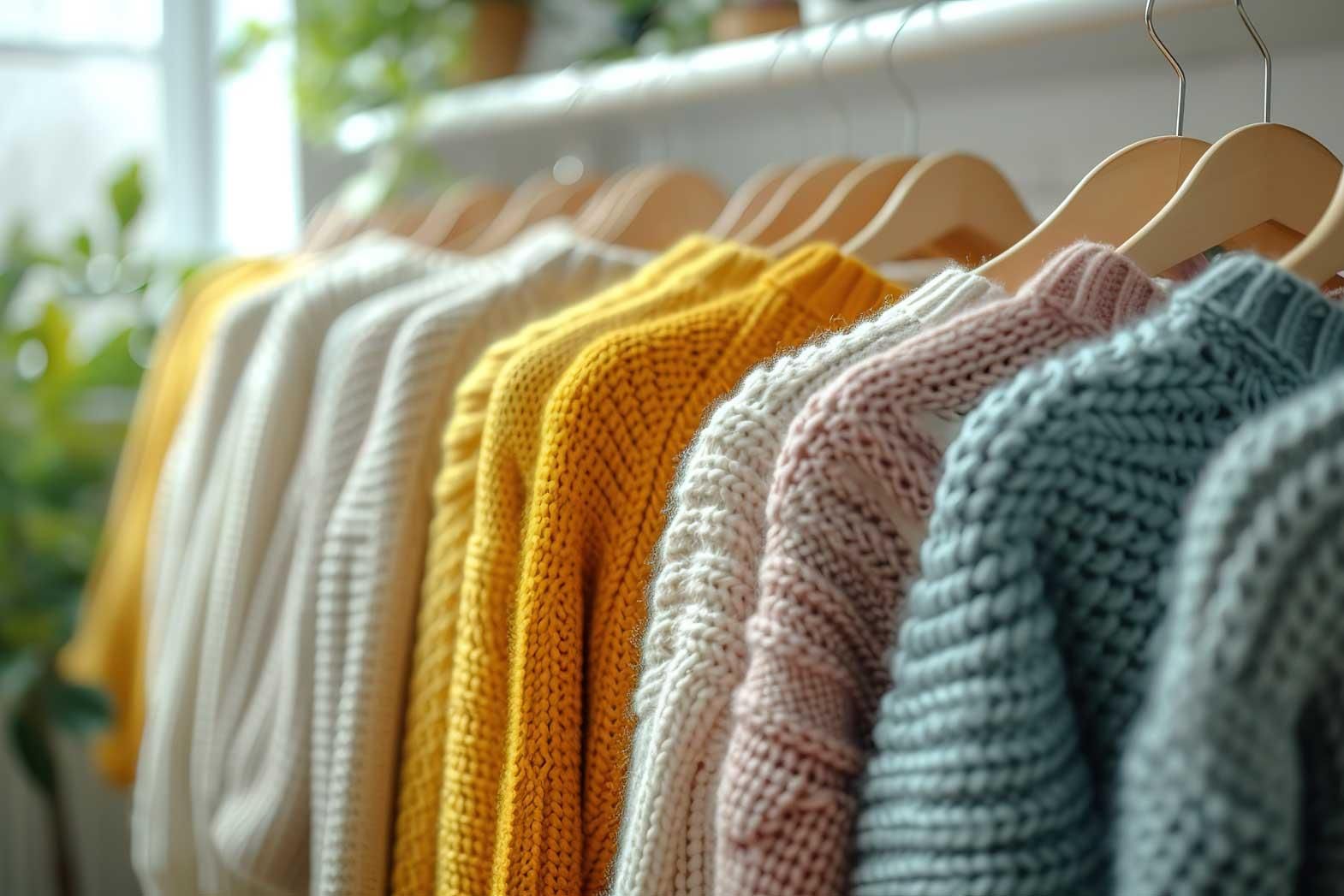When consumers purchase woolen garments, they often prioritize comfort. Woolen clothes, especially those worn closely to the skin, have the tendency to cause itching since the wool fibers in the fabric can rub against the skin. This discomfort is commonly known as "prickle," and it leads to a lack of comfort. There are several aspects of woolen fibers that can be the root cause of such discomfort. Factors like the thickness of the fiber, the diameter of the fiber, the finish, and the construction of the fabric all contribute to the comfort level of woolen apparel.
A total quality system like this can help retailers and manufacturers produce higher-quality and more comfortable garments. Investing in such a technologically advanced system can increase consumer satisfaction and build brand loyalty. Currently, this innovative system is offered by an Australian company, which has developed two instruments to assess comfort. One instrument measures the comfort level of woolen garments worn closely to the skin. These instruments count the number of fibers coming off a fabric that may cause discomfort. The more fibers there are, the higher the level of discomfort for the wearer. A series of experiments involving individuals performing different activities and recording their levels of comfort and discomfort were conducted precisely to develop such an instrument.
The decision to purchase a woolen garment that will be worn in direct contact with the skin often depends on the feel of the fabric. The key fabric handle is determined based on seven different parameters: softness, smoothness, warmth, dryness, weight, hairiness, and tightness. This instrument can be extremely useful in dispelling the misconception that softer fabric equates to higher comfort. The fabric handle instrument is developed based on an age-old technique used to measure the quality of a woolen fabric. This method involves passing a woolen cloth through a finger ring, and the ease with which it slips from one end to another determines the fabric's quality and value. However, this method primarily measures surface roughness, friction, stiffness, and extensibility of the fabric.
The type of yarn twist also plays a vital role in determining the fabric handle and the comfort of woolen garments. Both instruments were developed through experiments involving high-twist and low-twist yarn qualities, and they were tested on every attribute related to next-to-skin comfort. Furthermore, these instruments can assess different finishes applied to woolen fabrics to identify and evaluate the level of comfort and fabric handle they provide.
These advanced machines also evaluate the woolen fabrics and garments on the fibre diameter. The devices have undergone experiments with three different diameters bearing fibres knitted by the same knitter with a similar finish across all the fibres. The finer the wool, the softer and smoother is the fabric. Seventeen micron or less are considered to be of fine quality and are said to be ideal for woolen knitwear worn next to skin. Currently most manufacturers produce wool products of eighteen or above microns. In order to develop better products and provide improved quality to buyers using monitoring systems like these becomes inevitable.
Since such high-tech instruments are designed with in-depth researches and experiments, a scientific and guaranteed way has been cultivated to calibrate such variable in order to specify why certain fabric does not cause any itchiness and provides a more comfortable experience. Retailers and producers of woolen garments can convince customers of quality and give a justification of the price. The devices also make sure that there is consistency in quality between all batches and also in all seasons.
Until now woolen knitwear was purchased only by feeling and making an individual wear the garment to judge the required comfort. But with the invention of a mechanism that can measure and detect the fabric handle and comfort of woolen apparels worn next to skin it becomes easy for manufacturers to fabricate a product that provides complete comfort without any prickle. Many major retailers have taken trials of the machine and many look forward to investing and purchasing such machines.
References:
1. Sheepcrc.org.au
2. Abc.net.au








Comments